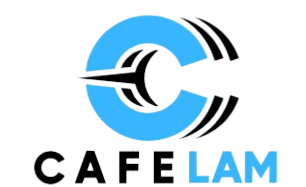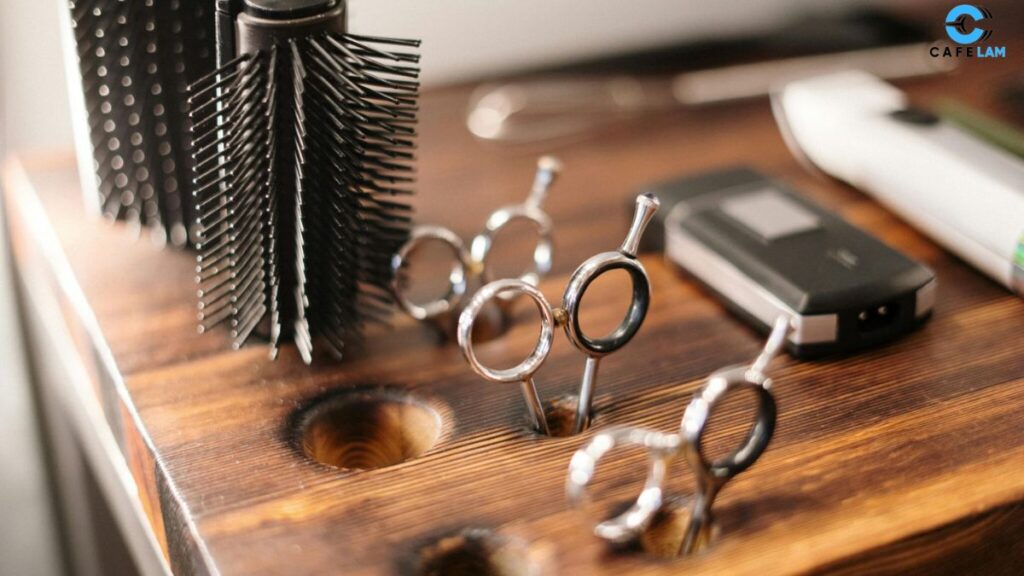When most people hear “barber school,” they picture clippers buzzing, a few weeks of haircut practice, maybe some beard trimming. End of story. I used to think the same, honestly. But once you look closer at what schools like Barber school Texas are teaching, it’s way broader than that. It’s less “just a trade” and more a crash course in people skills, business know-how, hygiene awareness, and even creativity. And here’s the kicker: a lot of these skills are things universities struggle to teach in four years, yet barber students pick them up in months because they’re built into the day-to-day training.
Reading people (and talking to them without making it awkward)
Here’s the thing: cutting hair is only half the job. The other half is figuring out what your client really wants, which isn’t always what they say they want. Someone plops down with a photo of a footballer haircut that won’t sit right with their hair type, and you need to gently redirect without bruising their ego. That’s emotional intelligence in action. It’s listening, picking up on non-verbal cues, and responding in a way that keeps the customer happy. Barber students practice this constantly because their work is so visible – mess it up once and that client probably won’t come back. Over time, it’s less about mastering a fade and more about mastering conversation. The barber’s chair ends up feeling like half-salon, half-therapy room.
Running the numbers (and the shop)
What surprised me is how much barber training dips into entrepreneurship. You’re not just being trained as a pair of hands – you’re being nudged toward self-employment. Most programs sneak in lessons on pricing, customer service, scheduling, and even basic marketing. It’s not an MBA, but it gives you the business literacy skills to survive on your own. Think: how to set fair prices without underselling, how to keep clients coming back, and how to balance inventory so you don’t run out of blades or gel mid-week. Plenty of grads leave school and go straight to renting a chair or opening a shop. And in an economy where job security feels shaky, having the tools to run your own thing is worth gold.
Hygiene (the invisible backbone)
Nobody raves about this part, but hygiene is huge in barber training. Clean tools, disinfected combs, fresh capes – it all matters. Not just for compliance, but because clients trust you with their appearance and their health. A good barber spots scalp issues, irritation, or even moles a client hasn’t noticed. That’s responsibility most people don’t realize barbers carry. After COVID especially, people care a lot more about sanitation in shared spaces. So barber schools drill it in until it’s second nature. You wouldn’t notice it walking into a shop – that’s the point. Hygiene is invisible when it’s done right, but it’s one of the things that separates professionals from amateurs.
Creativity (and the confidence to use it)
This is the part that feels most overlooked. Yes, barbering is technical, but it’s also wildly creative. You’re working with texture, shape, even personality. A good barber looks at a client’s face and instantly imagines which cut will sharpen their jawline or balance their features. That’s design thinking, applied in real time. Some barbers develop a signature style, their fades or beard trims instantly recognizable on Instagram. Training pushes this – encouraging students to experiment while still keeping things professional. And because barbering overlaps with hair and fashion, there’s space to treat the work as art as much as craft. Clients notice that too: a haircut isn’t just maintenance, it’s expression.
Wrapping up
So yeah, barber school teaches scissors and clippers, but it also teaches how to listen, how to budget, how to keep people safe, and how to create something beautiful. That’s a bigger package than most of us expect. And it’s why barber programs have become one of the most interesting examples of vocational training done right. You walk in expecting to learn a trade; you walk out with skills that spill into every part of life.







